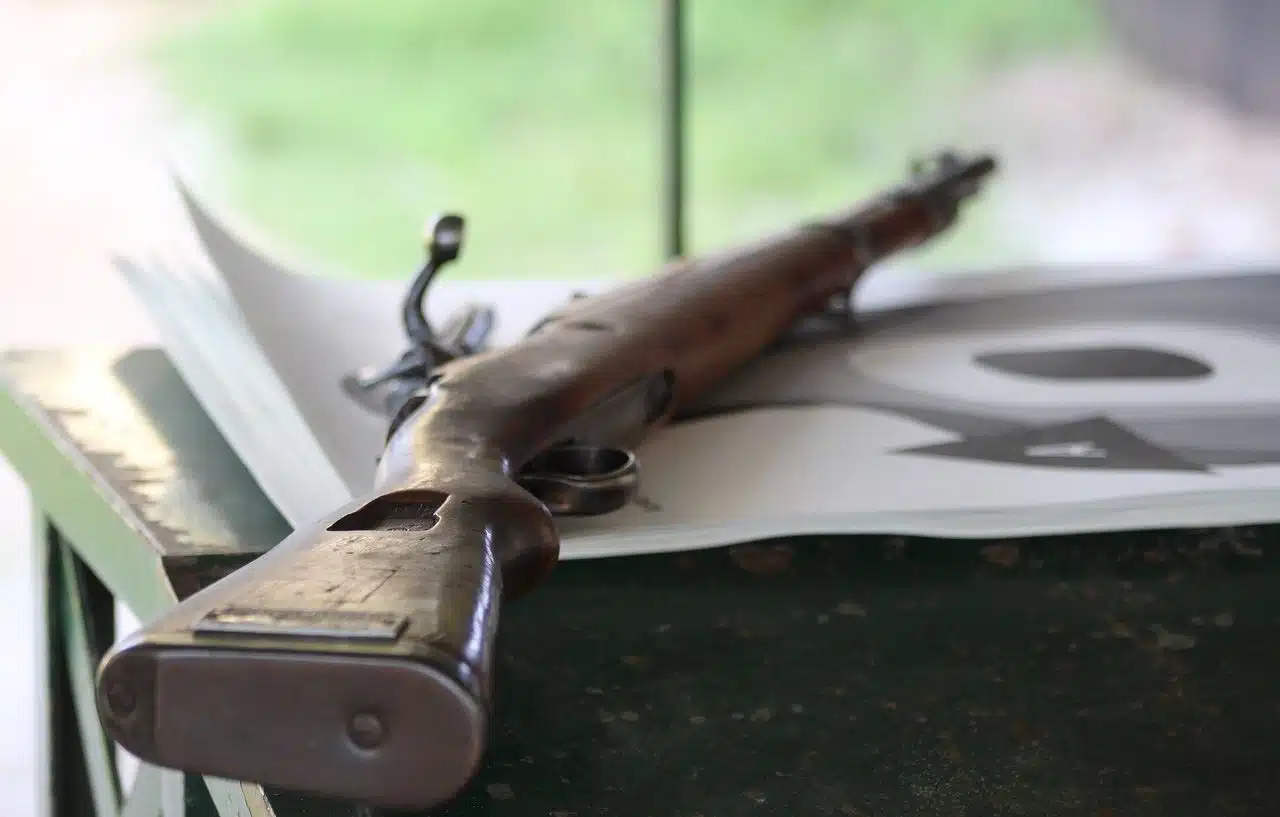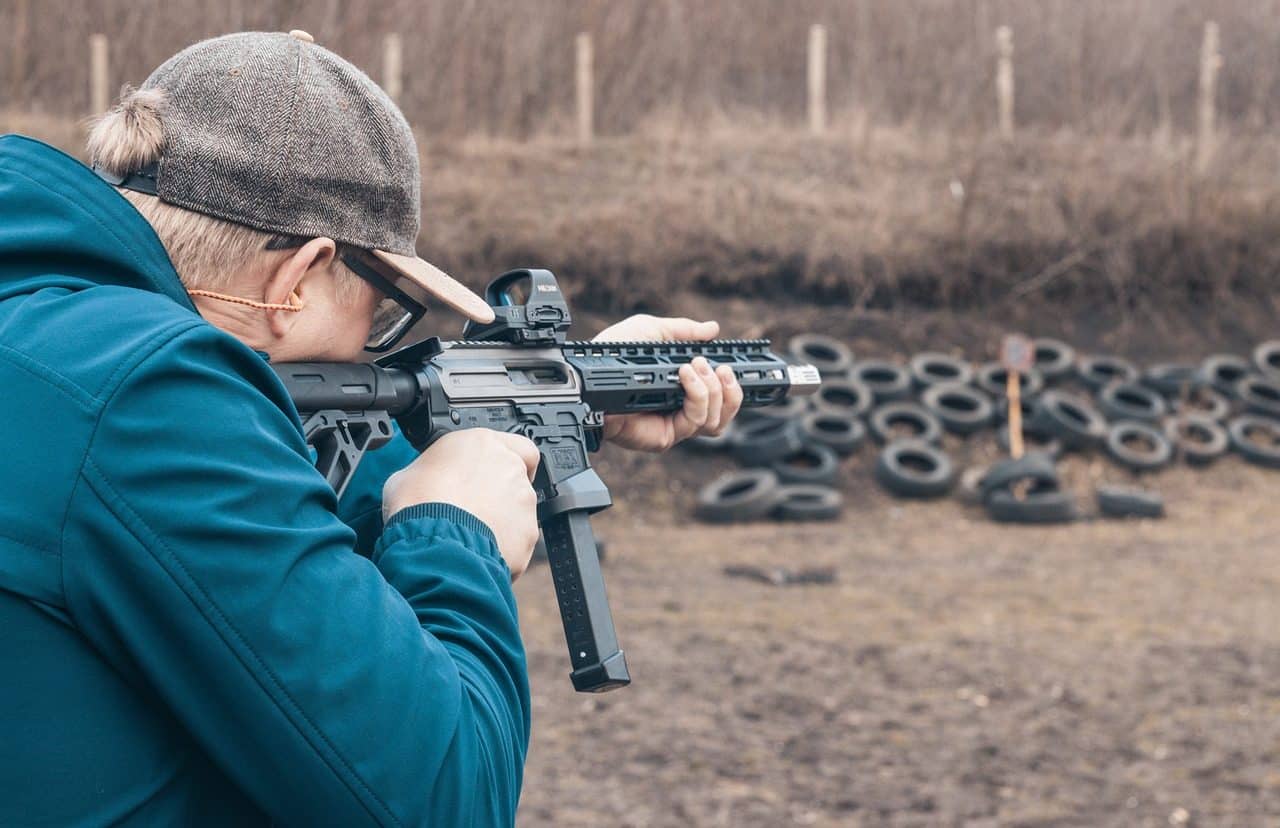
A carbine is a short rifle.
A carbine is a firearm that resembles a rifle , although it is lower in power and shorter in length. It can be said that it is a type of short rifle , since it often uses the same ammunition.
Carbines - a term originating from the French word carabine - emerged to be used by members of the cavalry . These soldiers, being mounted, could not use muskets or rifles. Therefore, in the 19th century , members of the cavalry began to carry carbines, leaving rifles for soldiers who moved on foot.
Carbine characteristics
Ease of use was the main advantage that carbines provided; On the other hand, the lack of aim and range were its most notable shortcomings.
When cavalry lost preponderance and different motor vehicles began to become popular, carbines still maintained their validity thanks to those looking for short and light weapons. As the years went by, carbines showed various advances and that is why they never stopped being used.

Carbines have always retained their popularity.
Other uses of the term
In Chile , a police institution created in 1927 is known as Carabineros . The name comes from the carbines that those first members used. These weapons even appear on the entity's shield .
The Carabinieri Weapon , on the other hand, is a force of the Italian State . It was founded in 1814 and among its functions is the care of the borders.
In the same way, we must not overlook that carbine is also a genus of insects , exactly it is a subtribe of Coleoptera that are predatory and nocturnal. As a general rule, they feed on caterpillars and earthworms.
The expression "Ambrosio's carbine"
There is an expression that uses the term that concerns us now. We are referring to "Ambrosio's carbine" which is used to refer to an object that is useless or that, at least, does not perform well the function for which it was created.
The origin of this expression is not known with certainty, but what is known is that it was widely used in the 19th century . However, there is a theory that establishes that perhaps its origin is found in the legend of a bandit who did not hesitate to assault those who passed by on the roads using a carbine that did not have gunpowder but was loaded with seeds. Hence the following expression began to become popular: "to be like Ambrosio's chaperone."
a companion
According to the dictionary of the Royal Spanish Academy ( RAE ), an adult woman who acted as a companion for young women in certain circumstances, such as during a courtship situation, was also called a chaperone.
Thus, for example, in the first decades of the 20th century in Spain, the figure of these women, who were called chaperones, gained great importance. Its function was to prevent a wedding couple from being left alone and from being able to strengthen emotional ties. Therefore, I had to go out with them to ensure that they could not have a more affectionate and intimate approach.
